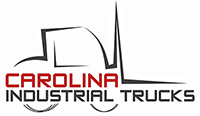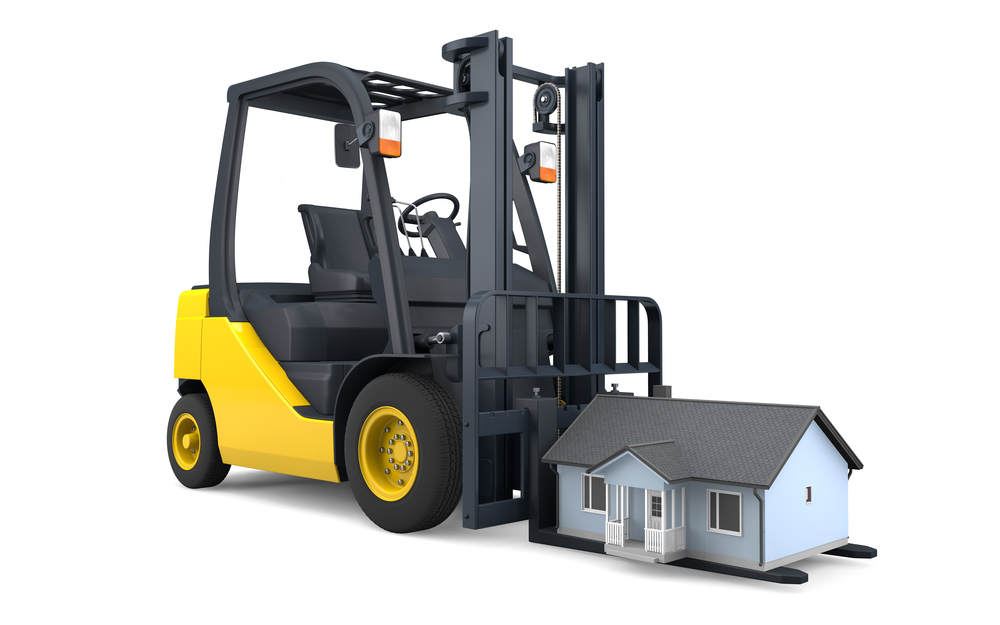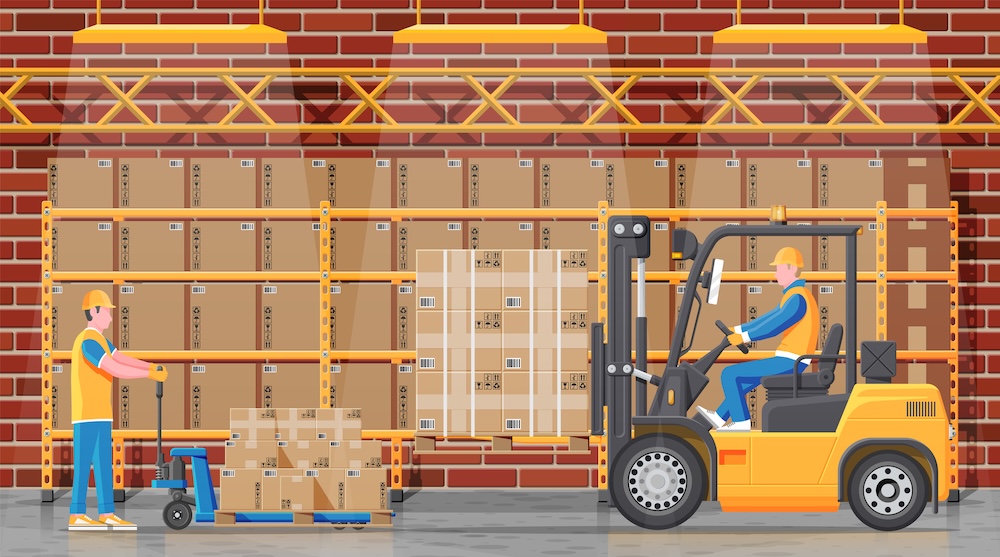OUR BLOG
04/28/2020
Does your business use a forklift within the warehouse or in another space? Learn how to keep your employees safe with these 12 crucial forklift safety tips.
Did you know that almost 35,000 forklift truck accidents that lead to serious injury occur every year? While safety technology for forklift trucks is constantly improving, accidents are a source of injury and litigation each year.
If you are a manager or warehouse owner, you are no doubt interested in forklift safety. What steps can you take to protect your workers and machinery? Why not check out our 12 crucial forklift safety tips below.







